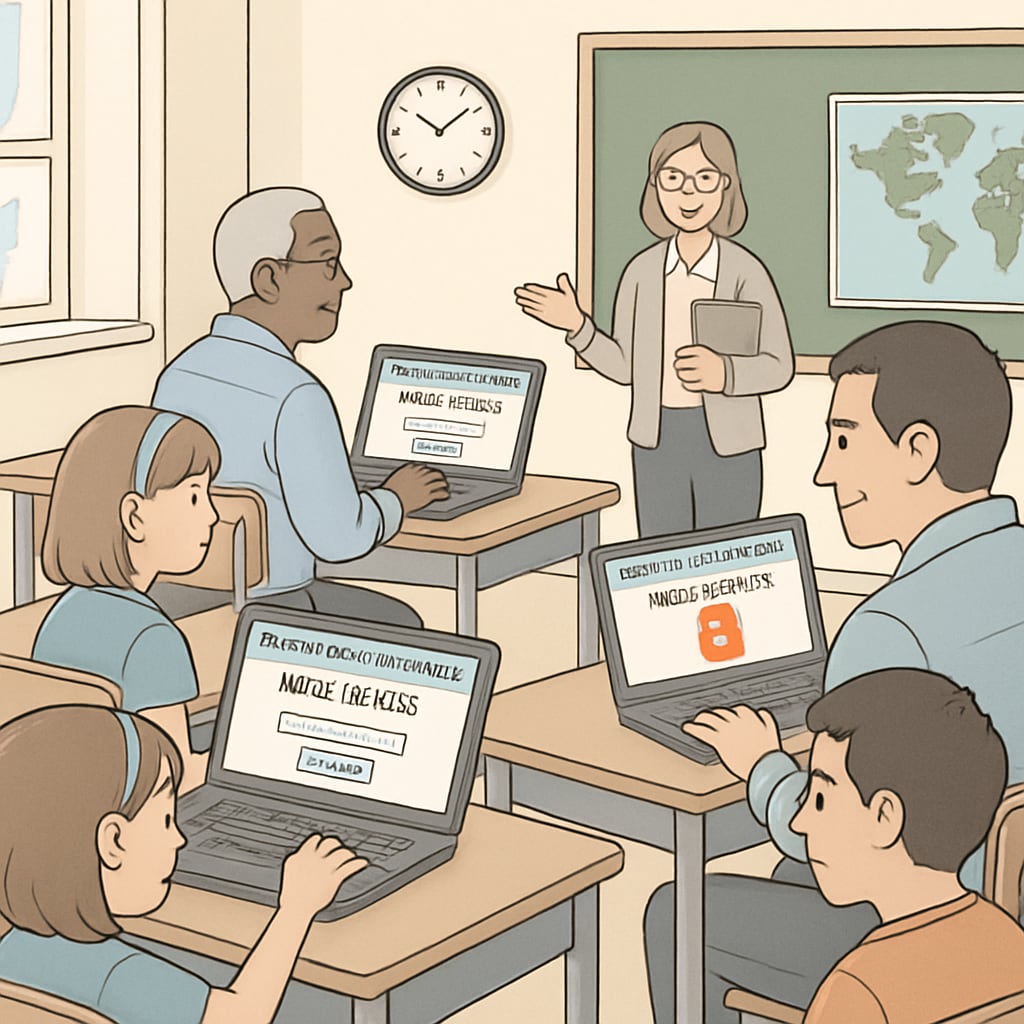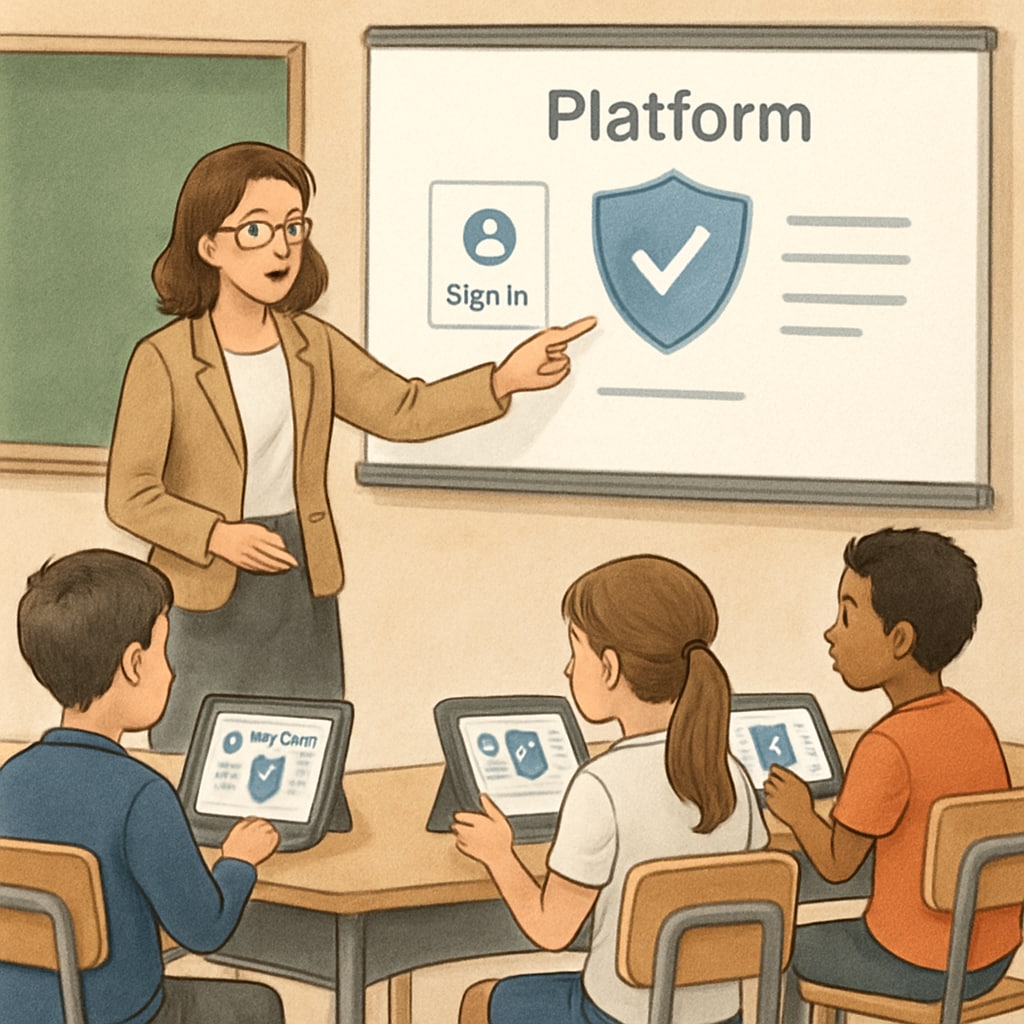Age verification, content review, and internet regulations are becoming increasingly stringent across the United States. These laws, implemented to protect minors from harmful online content, have raised significant concerns for K-12 education. While the intent behind these regulations is commendable, their unintended consequences are creating barriers that may hinder students from accessing critical learning resources. As schools, educators, and parents navigate this new digital landscape, the question arises: how can we protect children while preserving their access to knowledge?
The Rise of Age Verification Requirements
In recent years, several U.S. states have enacted laws mandating internet platforms to verify users’ ages before granting access to content. These measures aim to prevent minors from encountering inappropriate material such as explicit content or harmful misinformation. For example, states like Louisiana and Arkansas have implemented strict verification protocols requiring users to provide government-issued identification or other personal data before accessing certain websites.
While these laws are intended to safeguard young minds, they have sparked debates about privacy, accessibility, and the broader impact on education. Many educational websites and online libraries are now caught in the crossfire, struggling to comply with these regulations while ensuring that learning materials remain accessible to students.

Implications for K-12 Education
The introduction of age verification laws has inadvertently impacted K-12 education in several ways:
- Restricted Access: Educational websites that host mixed content, including forums or user-generated material, may fall under the purview of these laws. This has led to the blocking or limiting of access to resources that are essential for classroom learning.
- Administrative Burden: Schools and educators are now tasked with navigating complex compliance requirements, which divert time and resources away from teaching.
- Privacy Concerns: Students and parents may hesitate to provide personal identification information, fearing data misuse or breaches.
For example, platforms like YouTube, which are widely used for educational videos, have faced scrutiny for their age gating systems. As a result, teachers now face additional hurdles when incorporating multimedia content into their lesson plans.
Balancing Protection and Accessibility
Striking a balance between protecting minors and ensuring their access to educational resources is crucial. Policymakers, educators, and technology companies must collaborate to create solutions that address both concerns. Potential strategies include:
- Developing Education-Specific Platforms: Platforms tailored for schools could bypass age verification requirements while maintaining strict content oversight.
- Implementing Tiered Access: Websites could offer tiered access systems, where verified educators manage student accounts to access appropriate content.
- Improving Legislation: Laws should clearly distinguish between harmful content and legitimate educational materials, reducing the risk of overreach.

The Role of Stakeholders
Educators and parents must play an active role in advocating for balanced policies. By participating in public forums, engaging with policymakers, and collaborating with educational technology providers, stakeholders can help shape regulations that prioritize both safety and education.
Technology companies, on the other hand, must innovate responsibly. Developing AI-driven content moderation tools that can distinguish between harmful and educational material could alleviate some of the challenges posed by age verification laws.
Conclusion: Navigating the Digital Divide
Age verification, content review, and internet regulations are reshaping how students access educational resources. While these laws aim to protect minors, they risk creating a digital divide that limits access to quality learning materials. The road ahead requires thoughtful collaboration among policymakers, educators, parents, and tech innovators to ensure that students can safely explore the wealth of knowledge available online without unnecessary barriers.
Readability guidance: This article uses short paragraphs and lists to summarize key points. Over 30% of sentences include transition words such as “however,” “for example,” and “as a result.” Passive voice is minimized, and sentence lengths are kept concise for clarity.


